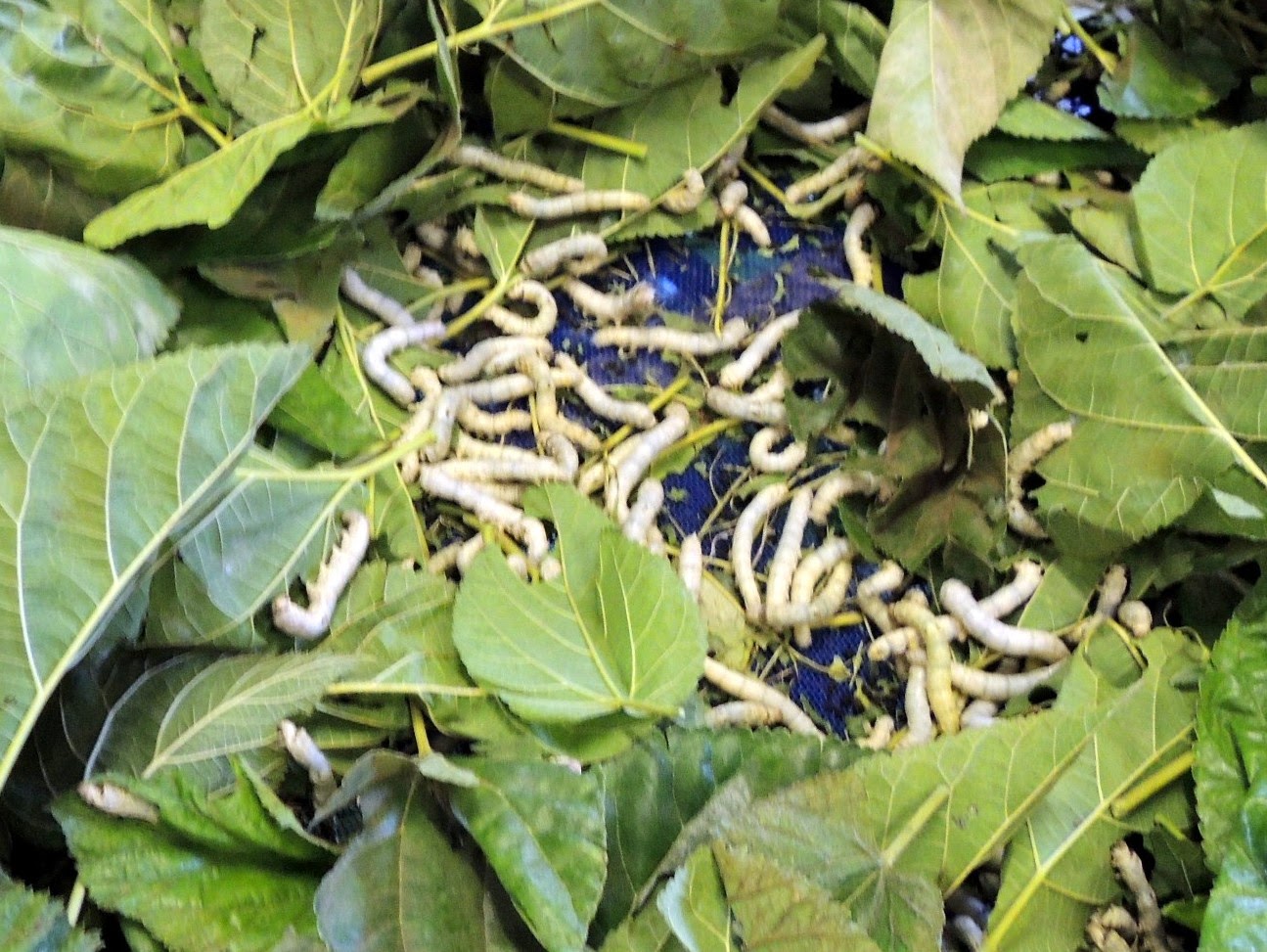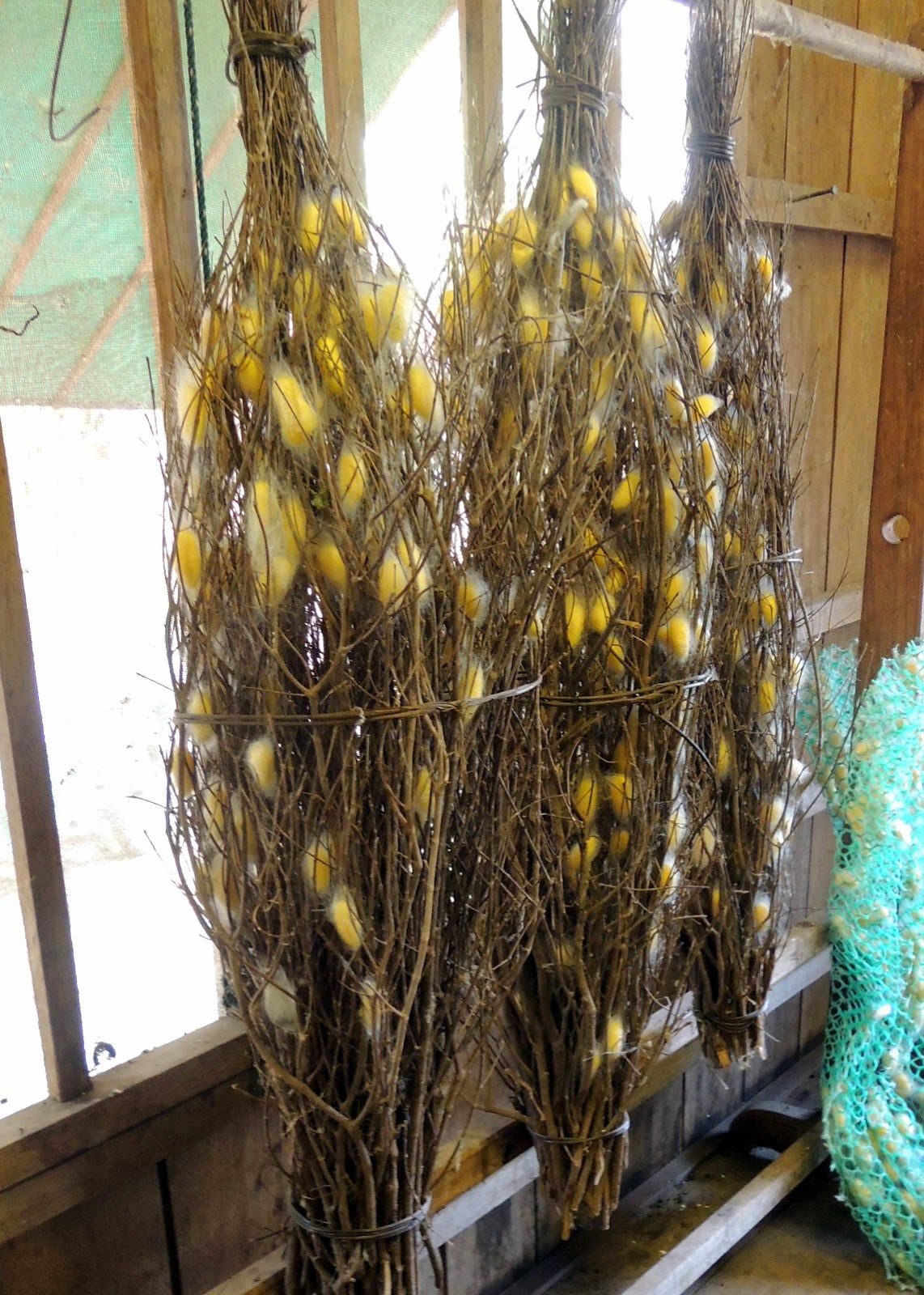From the webpage:
http://www.artisansdangkor.com/
"Artisans Angkor is a Cambodian company which was originally created to help young rural people find work near their home village. As the offshoot of an educational project called Chantiers-Ecoles de Formation Professionnelle, aiming at providing professional skills to communities with limited educational opportunities, Artisans Angkor has maintained its commitment to education by developing its own training program.
Since its creation at the end of 1990s, Artisans Angkor has strived to offer good working conditions and social advantages to its employees. It has now opened 42 workshops in Siem Reap province and it provides employment to over 1300 people, including more than 900 artisans.
Over the years, Artisans Angkor has become a real showcase of Khmer workmanship for its silk fabrics and garments, stone and wood carving, lacquer ware, polychrome products, silver plating and silk painting."
The training is designed to give professional skills to you adults with limited education. They train for 6 to 9 months and then continue to work at the workshop. It takes 9 months to learn one pattern and then the artisan focuses on that pattern until she may learn another. The artisans are part of an association which holds a 20% share in the company.
Our guide had excellent English and was quite knowledgable.
The farm is on 8 hectares of land of which 5 hectares are planted in mulberry bushes, the "food" for the silk worms. The other 3 hectares are plants which provide the natural colors for the silk products.
 | ||
| Young mulberry trees |
The moths lay eggs, about 250 eggs each. The worms eat leaves for 24 days. The babies in the picture above are about 5 days old.
After the 24th day, the worms take 5 days of spinning with saliva to make their cocoons.
5% of the cocoons are allowed to go through the process to make moths and then continue the cycle. The rest are boiled which kills the worm but does not break the thread.
Below you can see different ways that the cocoons are dried.
One cocoon will have 500 meters of thread. There are two layers. The outside (100 meters) is coaarses while the inside 400 meters are finer. It takes many fine filaments to make one thread.
The cocoons are bleached white.
They threads go to a warping machine and then to looms.
Colors are made from natural dyes. For example purple/lavender comes from the morning glory plant.
 | |
| Dyed silk |
If the scarf has a pattern it takes from 3 to 5 days to make.
A 7-layer scarp (purple with orange) can take 4 to 5 days to make.
At the end of the tour is a small museum about Cambodian clothing.
It is a tradition in Cambodia to wear different colors on different days. When we were in Phnom Penh and went to the Palace area, all the guides wore darker green as it was Thursday.
The workshop/farm also had a store where we could buy items made of silk (or cotton). They had some very fine exquisite items.

























No comments:
Post a Comment